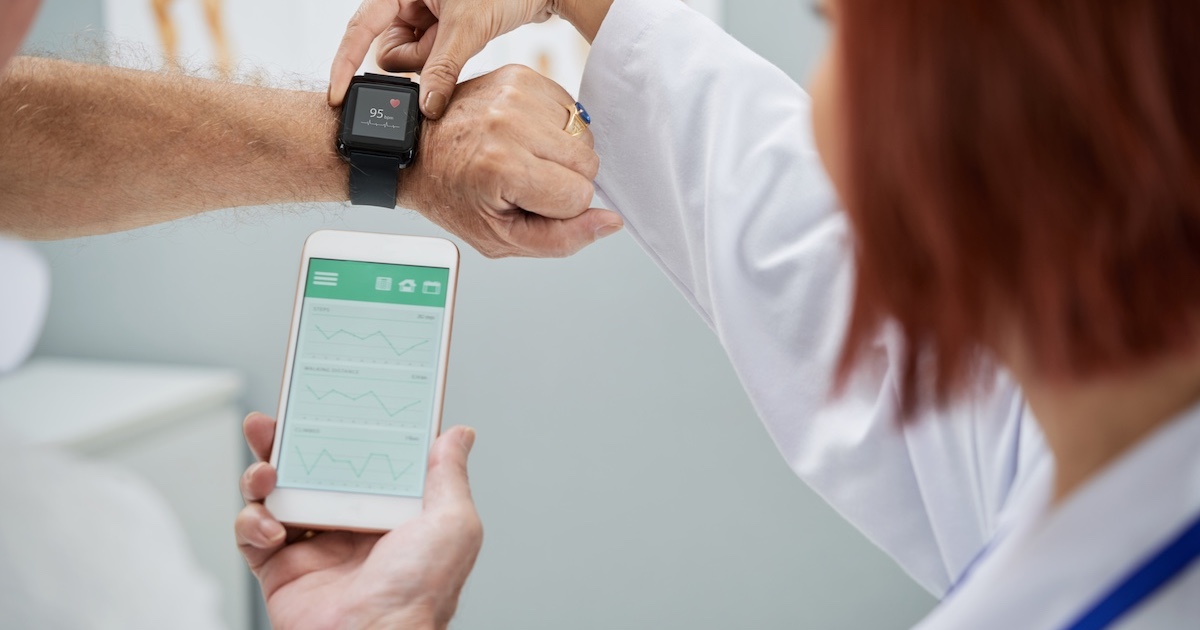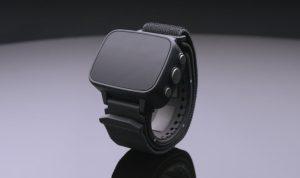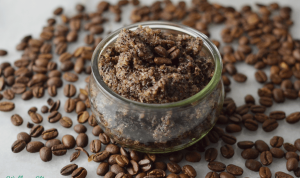
The Digital Drugs Society (DiMe) introduced it’s partnering with Alcohol and Drug Providers (ADS), Duke College, Google Fitbit, Morse Clinics, North Carolina Central College, Ōura, ProofPilot, Triangle CERSI and the College of North Carolina at Chapel Hill (UNC).
The partnership goals to make use of knowledge collected from shopper wearables to decrease opioid use dysfunction (OUD) fatalities by creating interventions to assist forestall relapse.
In accordance with a 2023 Nationwide Survey on Drug Use and Well being by the Substance Abuse and Psychological Well being Providers Administration (SAMHSA), amongst folks aged 12 or older in 2023, 2.0 p.c (or 5.7 million folks) had an opioid use dysfunction prior to now yr.
The companions will collaborate to explain and collect physiological alerts and habits traits, together with coronary heart price, insomnia, bodily inactivity and physiological stress, that may forecast relapse and be measured by wearable applied sciences.
Researchers will use smartphones to gather psychological well being traits similar to social isolation, patient-reported anxiousness and despair. The info factors prepare a instrument to stop opioid relapse.
The group will proceed with analysis collectively led by Duke College’s BIG IDEAs Lab and enlist sufferers for a pilot research to check the strategy and be certain that their strategies get hold of optimal-quality knowledge to develop the relapse prevention instrument.
“OUD is a posh problem, and sophisticated challenges require modern collaboration and options,” Candice Taguibo, affiliate program director of DiMe, stated in an announcement.
“Our group is working to include the various points at play for these going through OUD – psychological well being, social assist, therapy choices, funds, entry to expertise, social stigma, and extra – and construct a instrument that may meaningfully change the arc of OUD relapse and save hundreds of lives.”
Shyamal Patel, senior vp of science at Oura, asserted that leveraging technological developments to develop evidence-based protocols for folks residing with OUD will place these interventions for achievement.
“We’re proud to assist this research by offering steady well being monitoring and customized, data-driven insights. This could empower people to take proactive steps of their restoration, doubtlessly decreasing the burden on our overstretched public well being techniques and providing an important instrument within the struggle in opposition to the opioid epidemic,” Patel stated in an announcement.
THE LARGER TREND
In March, DiMe and Google Well being launched a free on-line course for medical professionals, researchers, directors and innovators to be taught the fundamentals of generative AI, massive language fashions (LLMs) and the applied sciences’ use circumstances in healthcare.
The Generative AI for Healthcare course offers stakeholders with an understanding of LLMs and their purposes in healthcare. As well as, contributors will acquire insights into generative AI expertise, develop immediate engineering expertise and discover how AI can assist decision-making in scientific settings.
In 2024, Researchers from South Korea constructed machine learning-based fashions that may predict temper episodes utilizing solely sleep and circadian rhythm knowledge from wearable gadgets.
The group comprised researchers from the Institute for Fundamental Sciences (IBS), Korea Superior Institute of Science and Expertise (KAIST) and Korea College Faculty of Drugs.
In a research printed in Nature’s Digital Drugs journal, the analysis group first collected and analyzed 429 days’ price of sleep-wake knowledge generated from Fitbit of 168 Korean sufferers with temper problems, together with main despair and bipolar problems.
The analysis group extracted 36 sleep and circadian rhythm options from this dataset, which have been then utilized to coach fashions based mostly on the machine studying library XGBoost to foretell temper episodes.
The findings revealed that the predictive fashions achieved 80%, 98% and 95% accuracy in predicting depressive, manic and hypomanic episodes, respectively.
That very same yr, Oura closed a $200 million Sequence D funding spherical led by Constancy Administration & Analysis Firm and Dexcom. The funding raised the corporate’s valuation to $5.2 billion.
In November 2024, Dexcom made a $75 million strategic funding in Oura and established a strategic partnership that enabled two-way knowledge stream between Dexcom’s steady glucose monitor (CGM) and the Oura Ring. The funding on the time introduced Oura’s valuation to greater than $5 billion.







